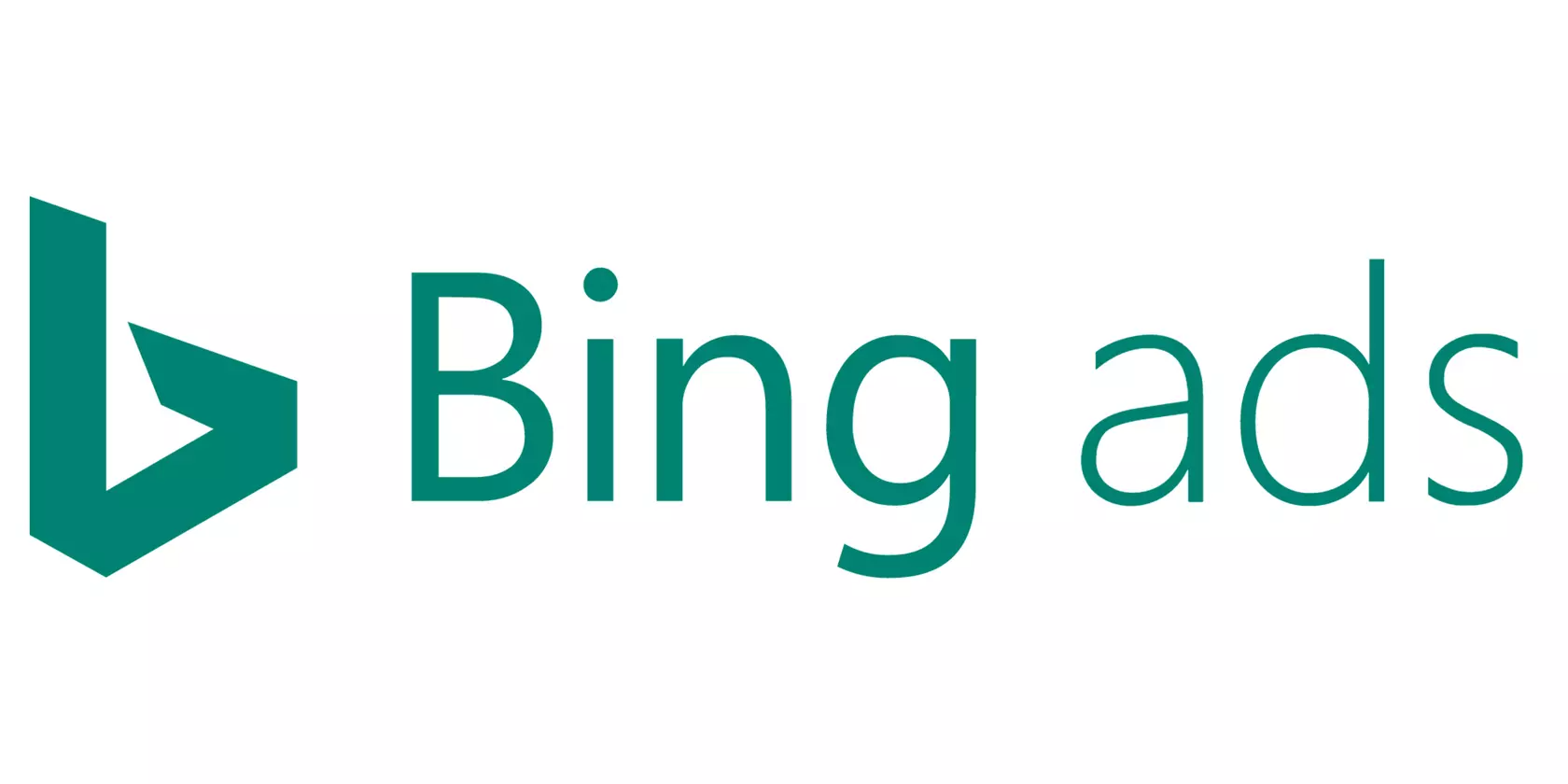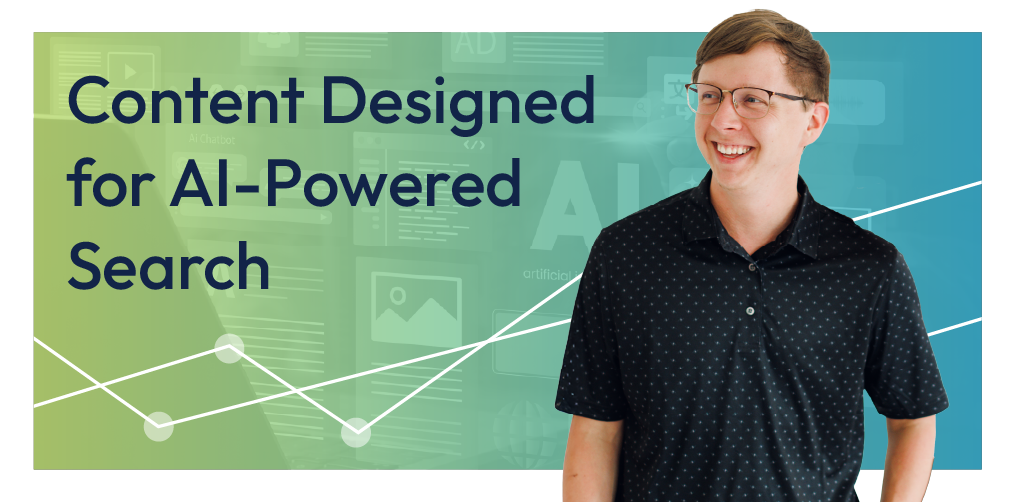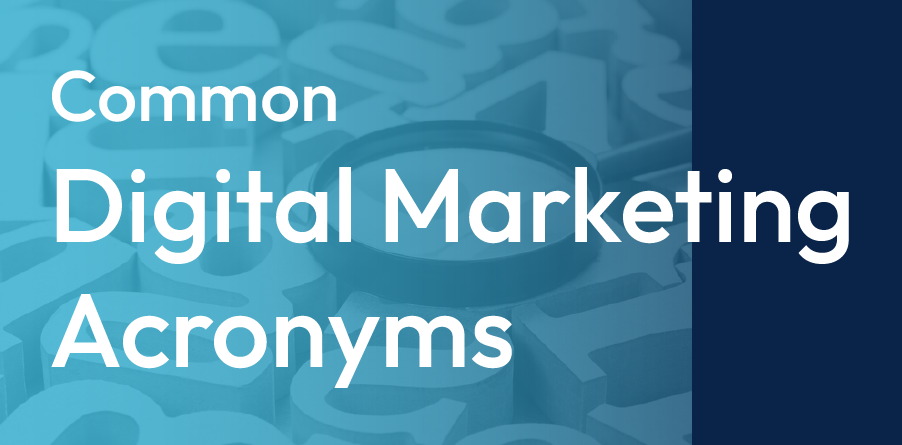The 12 Most Common Digital Marketing Acronyms
In the world of digital marketing, acronyms are garden-variety. Bombarded by shorthand, the meanings of three and four-letter abbreviations easily become misinterpreted or confusing, to say the least.
However, in the digital marketing stratosphere, one letter can make a significant difference! Below, we outline the most common digital marketing acronyms you should know. Pro tip: bookmark this blog for future reference.
1. SEO: Search Engine Optimization
Search Engine Optimization (SEO) is a multifaceted digital marketing discipline aimed at enhancing a website's visibility in search engine results pages (SERPs). It revolves around a comprehensive strategy that involves optimizing various aspects of a website to make it more appealing and relevant to search engines like Google, Bing, and Yahoo. Websites that appear near the top of search results are more likely to receive organic traffic, which can translate into increased visibility, brand awareness, and conversions. SEO is an ongoing process, as search engines continuously update their algorithms, and competition for top positions in search results remains fierce. Therefore, businesses must invest in SEO to remain competitive in the digital landscape and leverage its long-term benefits.
SEO involves several key components:
- Content Optimization: Creating high-quality, informative, and relevant content that incorporates carefully chosen keywords. This not only helps search engines understand the website's purpose but also attracts organic traffic.
- Technical Optimization: Ensuring that the website's technical elements, such as site speed, mobile-friendliness, and structured data, meet search engine standards. This enhances user experience and search engine crawlability.
- Backlink Building: Acquiring high-quality backlinks from reputable websites, which are considered as "votes of confidence" by search engines. These backlinks improve a website's authority and credibility.
- Keyword Research: Conducting in-depth keyword research to identify the terms and phrases that potential visitors use when searching for relevant content. This forms the basis for content creation and optimization.
- On-Page and Off-Page SEO: On-page SEO involves optimizing individual web pages through keyword usage, meta tags, and internal linking. Off-page SEO involves activities like link building and social media promotion to improve a website's reputation and authority.
2. SEM: Search Engine Marketing
As the name implies, SEM is any marketing that involves search engines to improve visibility. Although SEM technically encompasses SEO, search engine optimization has evolved and expanded in importance, becoming a category of its own. Thus, search engine marketing typically refers to paid advertisement on search engines.
SEM offers several distinct advantages:
- Precise Targeting: Advertisers can precisely target their audience based on keywords, demographics, location, and more, ensuring their message reaches the right people.
- Quick Results: SEM campaigns can generate immediate results, making it an effective strategy for businesses looking to jumpstart their online presence.
- Measurable ROI: SEM offers robust analytics tools, allowing advertisers to track performance, measure ROI, and refine their campaigns for better results.
- Budget Control: Advertisers have control over their budget, allowing them to set daily limits and adjust spending as needed.
- Competitive Advantage: SEM enables businesses to compete with larger, established brands, as ad placement is often determined by factors like relevance and quality, rather than solely by budget.
- Ad Extensions: SEM platforms offer ad extensions that provide additional information, such as contact details or links to specific pages, enhancing ad visibility and user engagement.
- Remarketing: SEM allows for retargeting previous website visitors with tailored ads, increasing the chances of conversion.
The core component of SEM is Pay-Per-Click (PPC) advertising, a model in which advertisers pay a fee each time a user clicks on their ad. This cost-effective approach allows businesses to gain immediate visibility to their target audience. Notable SEM platforms include Google Ads (formerly AdWords) and Bing Ads.


3. PPC: Pay-Per-Click
Pay-Per-Click (PPC) is a digital advertising model that has revolutionized the way businesses promote their products or services online. In PPC campaigns, advertisers pay a predetermined fee each time a user clicks on their advertisement. Unlike organic methods, where website visits are earned naturally, PPC offers a fast and targeted approach to driving traffic to a website or landing page.
PPC ads appear prominently on search engine results pages, but as they have evolved, PPC ads now appear in many places such as social media networks and display networks. The major player in terms of PPC platforms is still
Google Ads, but other platforms like Bing Ads, Facebook Ads, and LinkedIn Ads also offer PPC advertising options that have gained popularity.
4. CPC: Cost-Per-Click
CPC directly correlates with pay-per-click advertising. Simply, cost-per-click is the amount it costs the advertiser whenever a user clicks on their PPC ad. The CPC amount will vary depending on a variety of factors, such as competitiveness of the targeted keyword phrase. CPC is a vital gauge of campaign efficiency, as it directly impacts the overall cost of acquiring each visitor or lead. Advertisers strive to optimize CPC by improving ad quality, keyword selection, and bidding strategies to achieve their campaign goals while maintaining cost-effectiveness. Lower CPC can lead to better ROI (Return On Investment, mentioned below), making it a critical element for assessing the success of digital advertising efforts.
5. KPI: Key Performance Indicator(s)
Defining goals and success metrics is the first step to a digital marketing campaign. Success metrics are often called key performance indicators. As the campaign progresses, evaluating predetermined KPIs uncovers if efforts have been successful.
Is your business achieving important objectives? Is this specific digital marketing strategy working for your company? KPIs guide marketers in optimizing processes and pursuing profitable strategies.

6. A/B Testing
Commonly known as split testing, A/B testing compares two variations of the same variable to determine better performance and improve marketing campaigns. A/B testing is often applied to email campaigns, search engine marketing (see SEM above), landing pages with varied content, or social media advertisement.
7. CTA: Call-to-Action
CTAs often take the form of a button, image, link, or form, encouraging a visitor to take a specific action and become a lead. Such specific actions often include clicking a “Contact Us” button, completing an online form, or downloading a piece of content. CTAs are designed to entice users to take a further action.
Want a free same-day SEO health scan?
No strings attached - receive a comprehensive report covering 140 unique data points about your website's technical SEO health in 24 hours or less!
Free SEO Health Scan - The 12 Most Common Digital Marketing Acronyms
8. CTR: Clickthrough Rate
Clickthrough rate correlates to your CTA. How many users are responding to your CTA, completing your desired action, and clicking through to the next phase of your marketing funnel? The CTR for a specific page can be calculated by dividing number of clicks received by number of views (impressions) received. CTR serves as a powerful indicator of how compelling and engaging an ad or piece of content is to its target audience. A high CTR suggests that the content resonates well with viewers and entices them to take the desired action, such as clicking on a link to learn more, make a purchase, or subscribe. Conversely, a low CTR may signal that the content is not effectively capturing the audience's interest or that the ad placement needs adjustment.
Marketers use CTR to evaluate the performance of various elements within a campaign, such as ad copy, imagery, and call-to-action buttons. By analyzing CTR data, they can make informed decisions to optimize campaigns for better engagement and ultimately achieve their marketing objectives. In addition to assessing the immediate success of a campaign, CTR can also provide valuable insights into audience preferences and behavior, aiding in ongoing campaign refinement and overall marketing strategy development.
9. UX: User Experience
User experience describes the overall experience a user has when interacting with a business, product, or service. As a digital marketer, implementing UX is critical. For example, a website user who lands on an outdated or confusing web page is unlikely to interact further with the company.
Effective UX design involves understanding user behavior, conducting user research, and optimizing the design to meet user needs and preferences. By prioritizing UX, businesses aim to create experiences that are not only visually appealing but also intuitive, easy to navigate, and capable of delivering a delightful user journey, ultimately leading to increased user retention and loyalty.
10. Bounce Rate
Website bounce rate and email bounce rate are the two primary types. Website bounce rate is the percentage of users who land on a website page and leave without interacting with anything else on the page or navigating to additional pages. A high website bounce rate could point to a user experience problem.
Email bounce rate is calculated based on the rate of undeliverable emails to a recipient’s inbox. A high email bounce rate could indicate an out-of-date email list.
Chicago's #1 rated SEO company.
11. SMM: Social Media Marketing
SMM encompasses the use of social media channels, including Facebook, Instagram, LinkedIn, etc., as marketing tools. Many organizations utilize social media channels as means of reaching a vast potential audience with appealing content.
Social media marketing presents a unique opportunity to build a community around your brand, enhance customer service, and generate leads as time progresses.
12. ROI: Return on Investment
ROI is a necessity in marketing. Businesses evaluate return on investment to understand if a marketing campaign was successful. ROI indicates profit or loss generated by a marketing campaign based on the amount originally invested in the campaign.
When considering marketing ROI, qualified leads/ conversions are measured per dollar spent. For example, if you spend $500 for a lead worth $1,000, your return on investment is substantial. ROI is a valuable tool in determining which marketing efforts are worth the investment.
RivalMind: Your Digital Marketing Resource
At RivalMind, we engage new customers via search optimized website design. Our desire to see your business grow is genuine, connecting people in meaningful ways. We would love to get in touch about how our digital marketing services could impact your business.
To begin a conversation, give us a call at
(331) 228-9636 or submit an online inquiry!

Meet the Author
Matt Scroggs
CMO RivalMind
Hi, I'm Matt Scroggs, a digital marketing strategist. For two decades I served as the senior digital marketer for several global, iconic brands. Today, I'm the chief marketing officer at RivalMind, an agency 100% dedicated to helping companies thrive by driving transformational growth through innovative digital marketing. I'm also a lifelong Cubs fan, a faithful family man, and a web analytics junkie—relentlessly tracking conversions, loyalty, and advocacy, which are often as elusive as the pennant!
Specialties: Helping Businesses Grow, Marketing Strategy, Idea Guy
Looking for more organic website traffic?
Welcome to RivalMind. Our purpose is to help your business thrive. We are a digital marketing agency that offers SEO, PPC, Web Design, Social Media and Video Solutions as tools to our clients for online business development and growth.
Contact us today to get started!
Blog Contact Form
Connect with Us:





